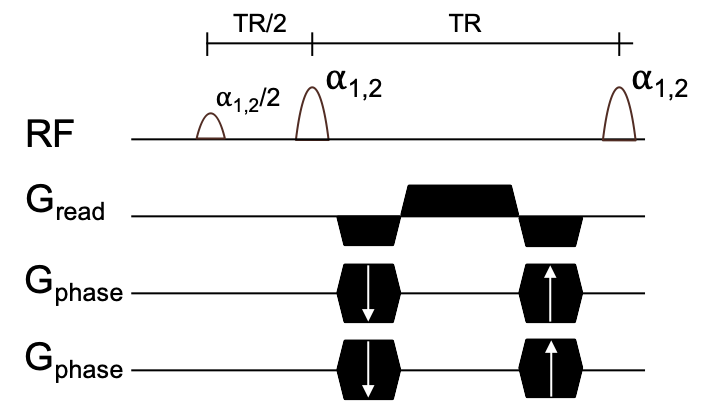News about the project
Project updates from the Technical University of Munich – February 2021
A new approach for the imaging of hyperpolarized nuclei – ‘off resonant, spectrally selective 3D bSSFP’ - has been developed and demonstrated. The novel sequence could already be tested in vivo for acquisition of cardiac, renal and tumor metabolism using conventional dissolution DNP techniques. The sequence employs broad, off resonant RF excitations which, with appropriate flip angle selection, permit the selective excitation of pyruvate and lactate, metabolites that play a central role in the Warburg effect.
Dynamic in vivo images have been obtained with (1.75 mm)3 resolution. The broad RF excitations used within the sequence require only a short RF pulse duration and therefore short repetition times (TR) can be reached, offering the advantage that the periodic banding artefacts inherent to the bSSFP sequence are broad, making the sequence more robust to B0 inhomogeneities.
An arbitrary number of metabolites can be imaged, so the sequence will be assessed for multiorgan and cardiac imaging where bicarbonate also becomes an important imaging target.

